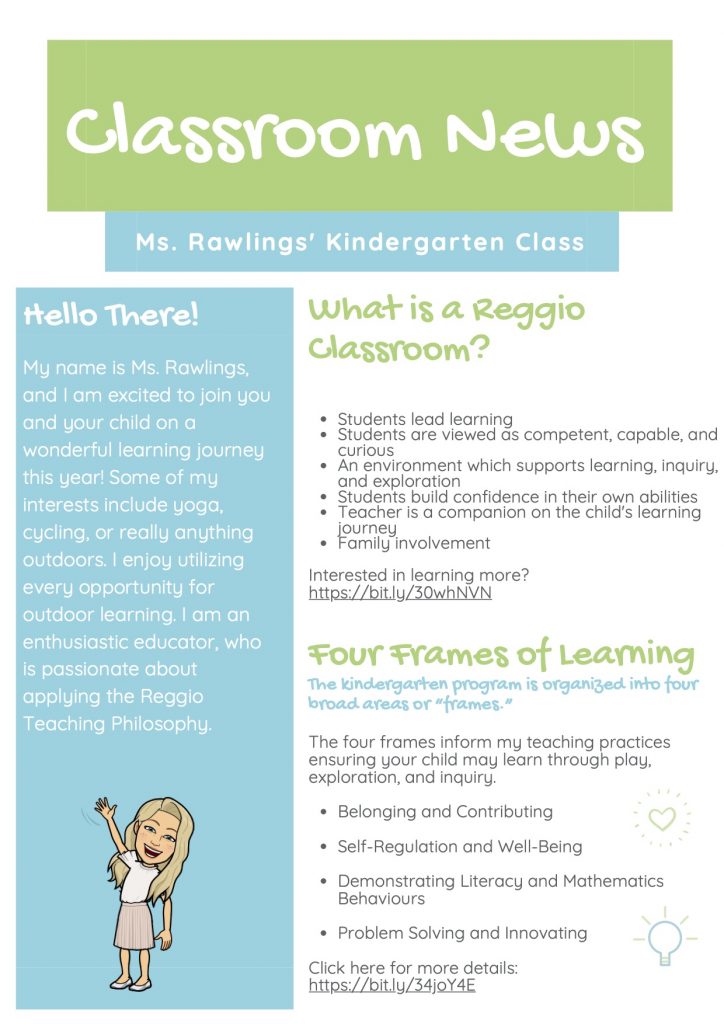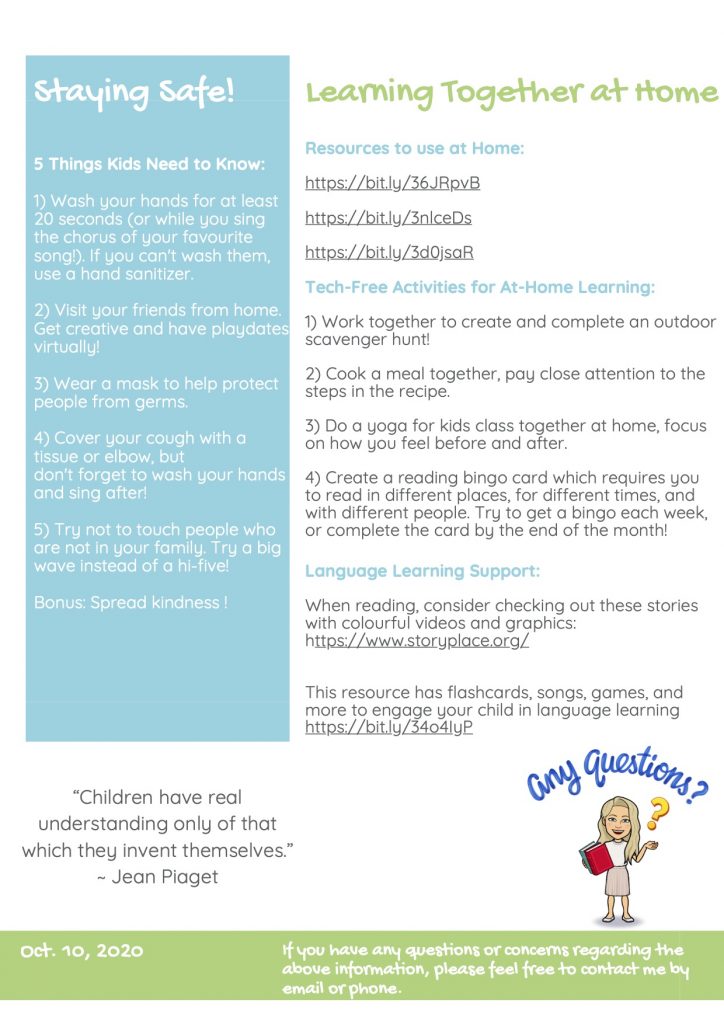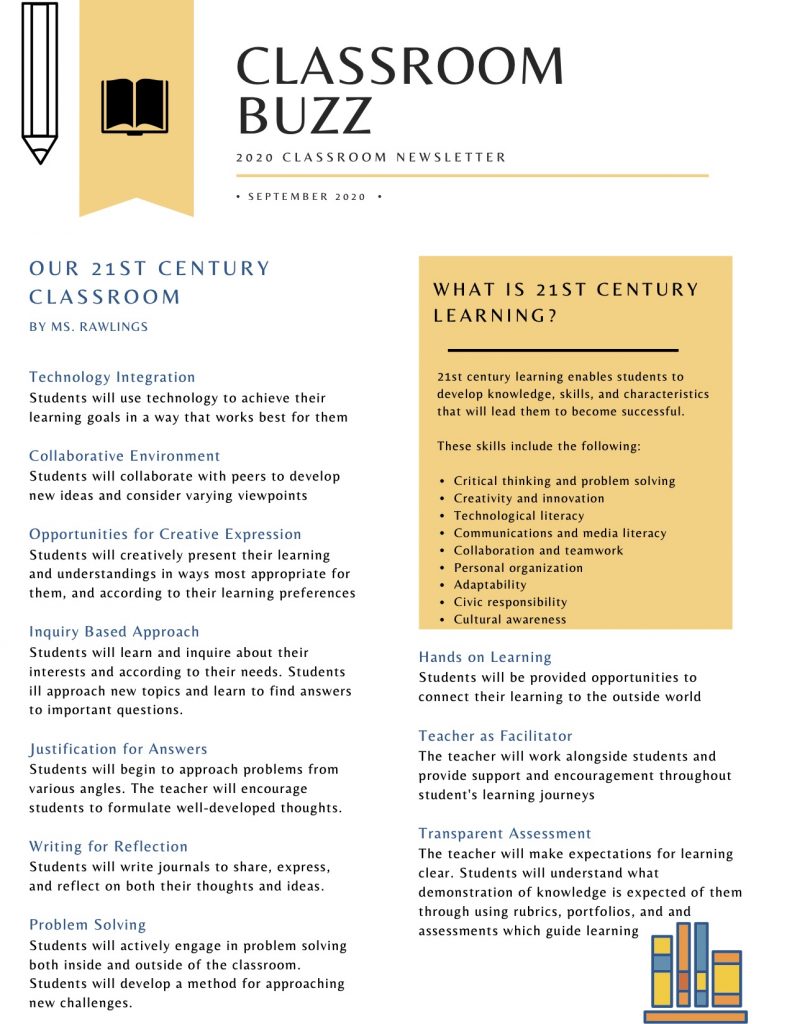Project Based Learning
Embodied Learning to Reduce Mathematics Related Anxiety
https://ctl2.uwindsor.ca/vidlinks/63788817A097447D.html
During my first year at the University of Windsor’s Faculty of Education, I was enrolled in a Classroom Practice course. The course instructor Dr. Barbara Pollard took a project based learning (PBL) approach to this course, which not only enabled me the opportunity to participate in PBL myself, but also to discuss with colleagues different ways to implement this approach in our future classrooms. With this approach, in a group of 6, we were tasked with establishing a research question to answer followed by becoming “experts” in this area. In doing so, we had the opportunity to curate knowledge, and share our findings with our colleagues in the course.
Our research question asked “Can embodied learning reduce student anxiety and improve learning in mathematics?” From here we decided to determine how embodied learning can be effectively implemented in Primary Junior level classrooms. The link attached above provides the video of our project based learning presentation, where we shared our research findings, conclusions, and provided teaching resources for our colleagues.
Through the application of PBL, I have been allotted the opportunity to develop an in depth understanding of a topic of interest to inform my classroom practice. I have learned to effectively apply embodied learning in order to reduce mathematics related anxiety in my future students, improving achievement and learning outcomes. Furthermore, through this project, I was able to learn various approaches from my colleagues that will assist me in teaching effectively. I have learned through my own experience that a PBL approach helps students to develop skills essential for living in a 21st century, knowledge based society. By bringing real-life scenarios and topics of interests into the classroom through a PBL approach, students are encouraged to become independent workers, critical thinkers, and curators of knowledge. Following this experience, I feel confident in my ability to employ a PBL approach in my future classroom, and I am confident my students will experience its many benefits.
Sample Classroom Newsletter


In my early years learning course, we had the opportunity to create a newsletter which would inform parents about what would be happening in the classroom and share with them what they can expect in Kindergarten. What I believe is most important about this newsletter, is that it did not require or pressure parents to feel like they must facilitate learning at home, but rather, invited them to engage with various activities and links provided.
Research shows parents who are involved in their child’s life are more successful in school. I have learned it is important to build strong connections with family and keep them involved and informed in the learning happening in the classroom. As a teacher, I will take advantage of several ways to inform, engage with, and collaborate with parents and guardians through face-to-face meetings, notes, phone calls, digital channels such as messenger, and through newsletters such as the one found above.
Sample Classroom Newsletter

During my time at the University of Windsor’s Faculty of Education, I have learned to dissect this document and begin to discover and consider ways to develop these skills in my future students. I believe it is critical to become a 21st century educator, and to develop a 21st century classroom. In doing so, lines of communication must be open with both families and students, in order to be transparent about what this will look like. As well, not only will students begin to develop essential skills to take with them into their futures, but families and parents will develop a sense of trust and a relationship with their child’s educator. I have developed above a sample newsletter which I would send home with students, to describe what our 21st century classroom will look like.
Today, as the education paradigm shifts, educators are faced with the challenge of preparing students for a highly unpredictable future. During my practice teaching placements and time at the Faculty of Education, I have learned to teach lessons which adhere to curriculum content, as well as foster the development and mastery of 21st century skills. The Ontario Ministry of Education has committed to enabling students to develop
the knowledge and skills which will help them to be responsible and actively engaged citizens. In doing so, the 21st century competencies document was developed as a call for the education system to emphasize 21st century learning, as well as to make appropriate changes to pedagogical practices.